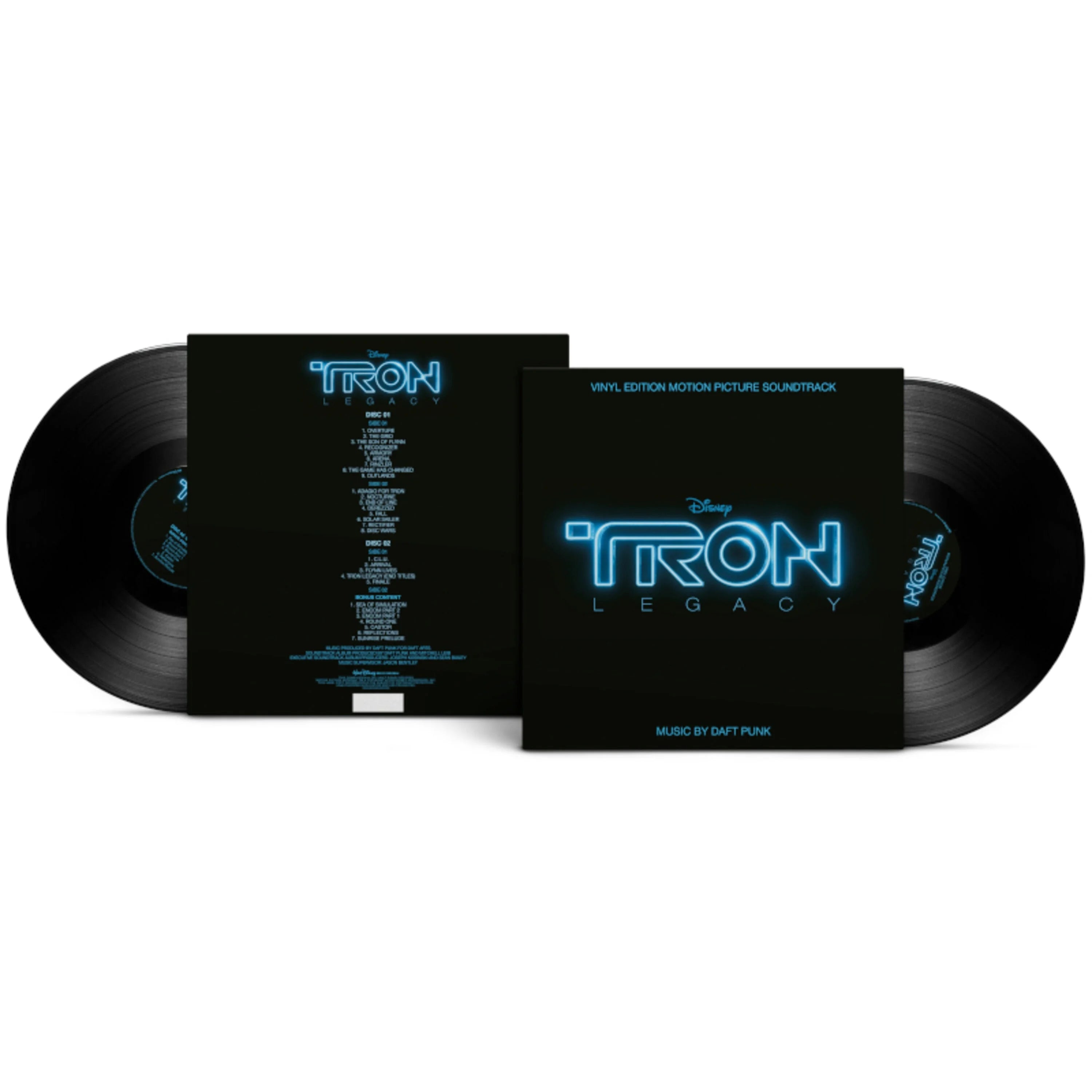Vinyl is susceptible to various environmental factors that can cause warping, scratching, and other damage. Storing vinyl records correctly ensures that each play is as close to the original sound as intended by the artists. Not only does this enhance your listening experience, but it also protects your investment in your vinyl collection. By following best practices, you can keep your records sounding great for decades.
Essential Storage Conditions for Vinyl Records
Temperature and Humidity Control
Ideally, vinyl should be stored in an environment where the temperature is between 65 and 70 degrees Fahrenheit, with a relative humidity of 45-50%. Excessive heat can cause vinyl to warp, while too much humidity can lead to mold growth and paper deterioration. Investing in a good-quality hygrometer to monitor these conditions can help you maintain the optimal environment for your record collection tips.
Storing Vinyl Records Vertically
When records are stacked one on top of the other, the weight can cause the vinyl at the bottom to become misshapen over time. Vertical storage ensures that no record bears too much weight, helping preserve the playback quality. Make sure your shelving is sturdy and designed to support the weight of vinyl to avoid any bending or tilting.

Avoiding Sunlight and Heat Exposure
Keeping your records away from direct sunlight and heat sources, like radiators or vents, is critical. UV rays can degrade the vinyl and cause the artwork on album covers to fade. Also, high temperatures can melt or warp vinyl, damaging its ability to play clearly. Consider placing the best album storage in a part of your home that consistently stays cool and shaded, or use UV-protective blinds if your preferred storage area gets natural light.
Protect Vinyl from Dust and Static Buildup
Both can seriously compromise the quality of your vinyl playback, introducing pops and crackles to your listening experience. Regularly cleaning your records with a soft anti-static brush before and after playing them helps to remove dust and reduce static. For further protection, consider anti-static mats or turntable slips. Keeping your records in their sleeves when not in use minimizes exposure to dust and other environmental factors that could cause damage.
Choosing the Best Record Sleeves and Protective Covers
Inner Sleeves
The choice between paper, polyethylene, and anti-static inner sleeves can significantly influence the preservation of your retro vinyl collection. Paper sleeves are the traditional choice but can scuff the record and attract dust. Polyethylene sleeves offer a softer alternative that minimizes damage to the vinyl surface and reduces static build-up. For the best protection, anti-static sleeves are recommended as they not only prevent scratches but also help reduce the static charge that can attract dust and dirt to the vinyl’s surface.
Outer Sleeves
Outer sleeves provide additional protection against environmental factors that can damage album covers. These sleeves are typically made from plastic or mylar and shield the artwork from fading spills, and general wear and tear. Investing in high-quality outer sleeves can keep album covers looking pristine for years, maintaining your vinyl records' aesthetic and monetary value.
When to Replace Sleeves to Maintain Record Quality
Proper sleeve maintenance is a crucial aspect of vinyl record care, as old or damaged sleeves can contribute to dirt buildup, static, and even physical damage to your collection. Over time, record sleeves—both inner and outer—can degrade due to exposure to dust, moisture, and general wear and tear. Below are key signs:
- Visible Tears or Rips: Openings in the sleeve allow dust, pet hair, and other airborne particles to settle directly on the vinyl, increasing the risk of scratches and sound distortion. Also, torn sleeves make handling records more difficult, leading to unintentional drops or damage during insertion and removal. Inner sleeves with edge splits expose the record to direct contact with outer elements, making them less effective in preventing static buildup. Even minor tears can grow, eventually leading to complete sleeve failure. If a sleeve is damaged, it should be replaced immediately to ensure the record remains fully encased and protected from harmful external elements.
- Significant Discoloration: Discoloration is often a sign of material breakdown, meaning the sleeve may no longer provide adequate protection. Some older sleeves, particularly those made from low-quality paper or plastic, can release chemicals as they degrade, potentially transferring residues onto the vinyl surface. This can result in a cloudy film or subtle distortions in sound quality. Prolonged exposure to sunlight can fade and weaken the material, making it brittle. If discoloration is severe or uneven, it’s best to replace the sleeve before it causes damage to the record. Upgrading to archival-quality, acid-free sleeves can provide longer-lasting protection and prevent chemical degradation.
- Noticeable Residue Inside the Sleeve: If you notice dust, dirt, or an oily residue inside a record sleeve, this is a clear sign that it no longer offers a clean storage environment. Residue can accumulate over time due to environmental factors, improper handling, or the breakdown of the sleeve material itself. Plastic inner sleeves, especially older PVC-based ones, can degrade and release a sticky film that adheres to the vinyl, affecting playback quality and making cleaning difficult. Even paper sleeves can leave behind fibers and debris that settle into the grooves, causing surface noise. If you find visible dirt or residue when removing a record from its sleeve, replacing the sleeve will prevent further contamination and help maintain the record’s clarity and fidelity.
- Static When Removing the Vinyl: A high level of static when pulling a record out of its sleeve suggests that the sleeve’s anti-static properties have worn out. Static electricity attracts dust and particles, which can settle into the grooves and cause unwanted noise during playback. Some older plastic sleeves, especially polyethylene ones, can lose their anti-static effectiveness over time, making it more difficult to remove records smoothly. Excess static also increases the risk of accidental scratches, as the vinyl may cling too tightly to the sleeve, requiring additional force to remove it.
- Stiffness or Brittleness: As sleeves age, they can become stiff, brittle, or overly fragile, making them more likely to crack, tear, or scratch the record during handling. This issue is prevalent with old plastic sleeves that have lost flexibility or paper sleeves that have become dry and rigid. A brittle sleeve increases the chances of small fragments breaking off and getting trapped between the vinyl grooves, potentially causing playback issues. Sleeves that have become too rigid may no longer provide a snug fit, increasing the likelihood of unnecessary movement that can lead to micro-abrasions on the record’s surface. If an inner sleeve feels stiff or shows signs of cracking, it should be replaced with a new, soft, and flexible sleeve to prevent accidental damage.
Investing in high-quality archival sleeves can provide superior long-term protection, minimizing the risk of chemical damage and physical wear. By maintaining clean and effective sleeves, collectors can extend the lifespan of their records and preserve their sound quality for years to come.
Creative Record Storage Solutions
Vinyl Shelf Storage
The ideal shelf should be sturdy enough to bear the weight without sagging and spaced to accommodate vinyl without squeezing or bending it. Look for units specifically designed for vinyl storage, as these often provide the perfect balance between accessibility and protection. Adjustable shelves can also be beneficial, allowing you to customize the spacing as your collection grows or as you reorganize.
Crates, Cabinets, and Boxes
Wooden crates are a popular choice because they are robust and can be easily stacked or moved. Cabinets with doors can provide extra protection from dust and light exposure, which is ideal for long-term preservation. Additionally, specialized vinyl storage boxes can be useful for those who need to transport their records regularly or keep them in a controlled environment.

DIY Vinyl Storage Ideas
For those who enjoy a personalized touch or need to fit vinyl storage into unique spaces, DIY solutions can be both fun and effective. Here is a detailed explanation followed by a list of creative ideas:
- Modular Cube Shelves: One of the most versatile DIY storage solutions is the modular cube shelf, which consists of individual compartments that can be rearranged, stacked, or expanded over time. These shelves provide a highly customizable way to store records, allowing collectors to adjust their setup as their collection grows. Cube storage units can be built using plywood or MDF and finished with paint, wood stain, or decorative laminate for a polished look. Each cube should be sized to fit vinyl records comfortably, with at least 13 inches of interior height and depth to prevent warping. The modular nature of these shelves makes it easy to add more units when needed, creating a dynamic and scalable storage system.
- Hanging Frames: You can create a visually striking arrangement that doubles as décor by mounting sturdy record frames on walls. Tips for vinyl storage often feature an openable front or slot system, making swapping records in and out easy without removing them from the wall. When arranging frames, ensure they are positioned away from direct sunlight to prevent fading of album covers. Additionally, using a mix of classic and contemporary album art can create an ever-changing gallery that highlights the diversity of your collection. Hanging frames work exceptionally well in smaller spaces where traditional shelving may not fit, allowing collectors to maximize wall space while turning their favorite records into artistic focal points.
- Pull-Out Drawers: A sleek and functional way to store vinyl is by incorporating pull-out drawers into an existing cabinet or building a custom drawer system explicitly designed for records. Unlike open shelving, pull-out drawers protect records from dust, light exposure, and accidental bumps, keeping them in pristine condition. Drawer compartments should be deep enough to accommodate records standing upright, with dividers to prevent them from leaning or warping over time. Soft-close drawer slides can add an extra layer of protection by ensuring smooth and gentle operation. A well-organized drawer system also makes browsing through records effortless, allowing collectors to flip through their collections without removing records from a tightly packed shelf. This storage method is beneficial for those who prefer a minimalist aesthetic, as it keeps records neatly tucked away while maintaining easy accessibility.
- Ladder Shelves: Repurposing an old wooden or metal ladder into a leaning bookshelf-style storage unit creatively combines functionality with a rustic, industrial, or vintage aesthetic. Ladder shelves provide a space-efficient storage option, as they can be positioned against walls or tucked into corners without taking up much floor space. The wide steps or rungs of the ladder can be fitted with wooden planks to create stable shelving, ensuring records remain securely in place. Depending on the design, ladder shelves can be customized with side rails or adjustable shelving to accommodate collections of different sizes.
- Pallet Racks: The natural gaps in pallet wood create built-in dividers that help organize records while keeping them upright. Sanding and sealing the wood ensures that it is smooth and safe for handling records without scratches. Some collectors stain or paint the pallets for a more refined look, while others embrace the raw, industrial style. Pallet racks can be adjusted to different heights and widths, making them one of the most customizable DIY storage options. Their sturdy construction ensures they can hold many records, making them ideal for serious collectors looking for an economical yet highly functional solution.
Personalized protect vinyl records enhances the overall aesthetic of the music space. By investing time in a DIY storage project, collectors can create a system that fits their specific needs and adds personality and charm to their collection space.
How to Organize Vinyl Efficiently
Sorting by Genre, Artist, or Chronological Order
Deciding whether to sort by genre, artist, or chronological order depends on your personal preference and the size of your collection. Sorting by genre allows for thematic listening sessions while organizing by the artist is great for those who prefer to listen to complete discographies. Chronological arrangements can offer a historical perspective of music evolution or track musical trends and artist development over time.
Using Cataloging Apps to Track Your Collection
In the digital age, cataloging apps are invaluable tools for managing large collections of vinyl records. These apps can log your entire collection with details such as release dates, conditions, and current market values. They often feature barcode scanning, making it easy to add new records. Many apps also offer collection statistics, wish lists, and marketplace integrations, enhancing your collection's management and enjoyment.
Expanding Your Collection and Finding the Best Vinyl
The Best Vinyl Shops
Whether you're looking for brand-new releases or rare vintage finds, reputable vinyl shops often offer a wide selection and knowledgeable staff. Local record stores are a treasure trove of unique records where you can usually listen before you buy, providing a hands-on experience that online shopping can't match. Many shops also host community events, offering a great way to connect with fellow enthusiasts.
Where to Buy Vinyl Records Online
Purchasing vinyl records online has made it easier than ever to expand your collection, especially when looking for specific or rare items. Online retailers and marketplaces offer extensive catalogs from sellers worldwide, allowing you to find almost any record you seek. Check for detailed descriptions and grading information on the record's condition, and ensure the seller has a good reputation for avoiding disappointments.

As your popular vinyl records expand, so should your storage solutions. Investing in scalable storage systems like modular shelving or customizable racks can accommodate growing collections without compromising organization or protection. It’s also beneficial to continually assess and adapt your storage setup to ensure it meets your collection's changing needs, helping prevent overcrowding and maintain easy access to your collectible records.


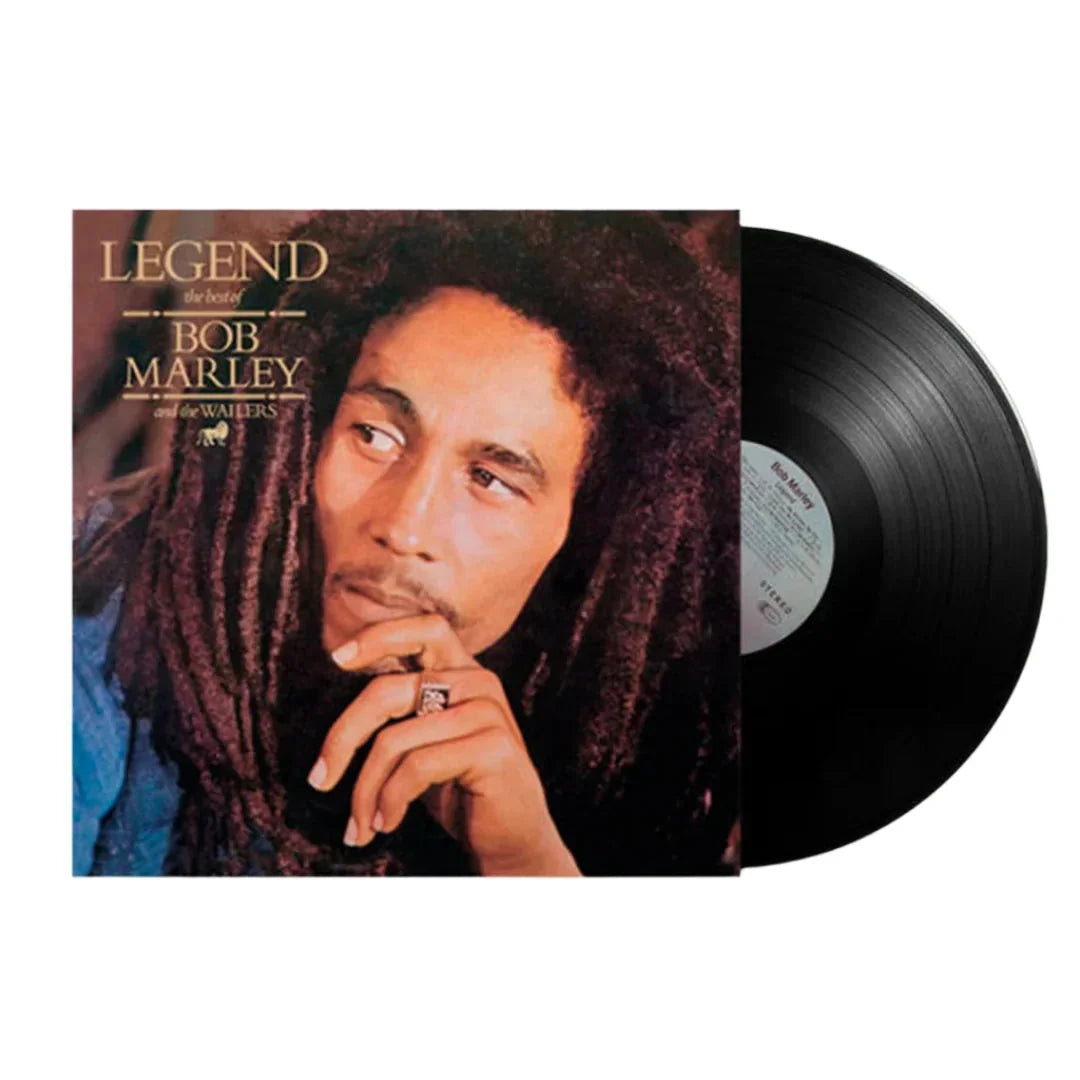
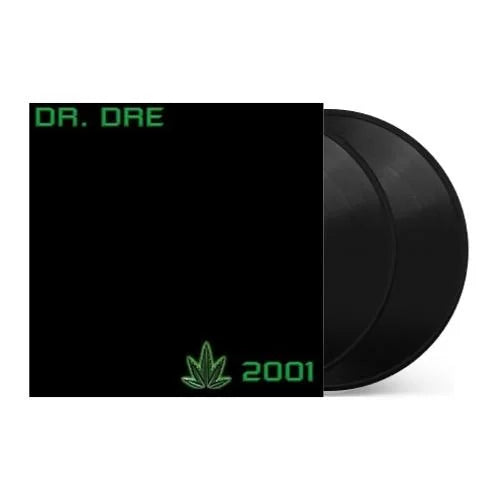
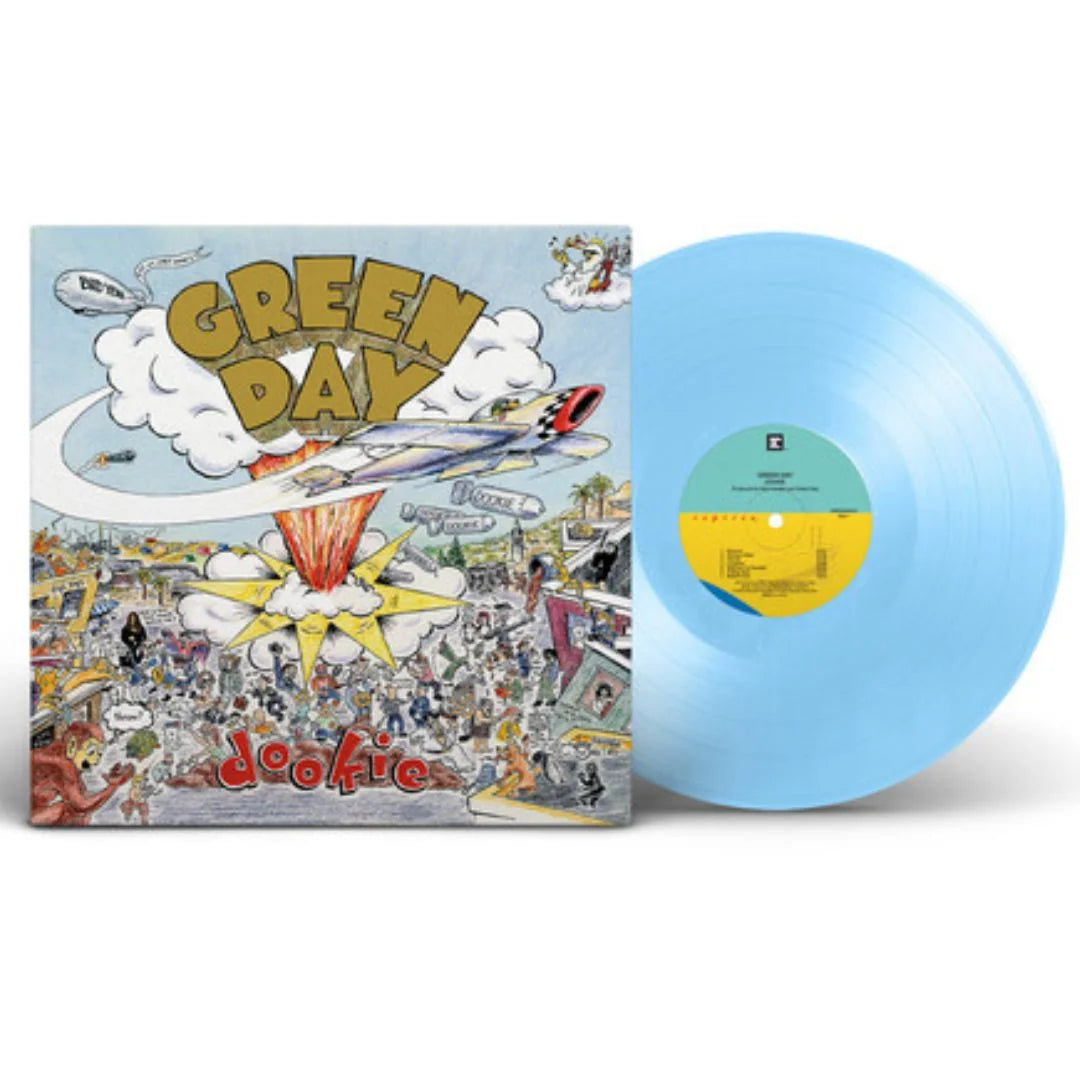
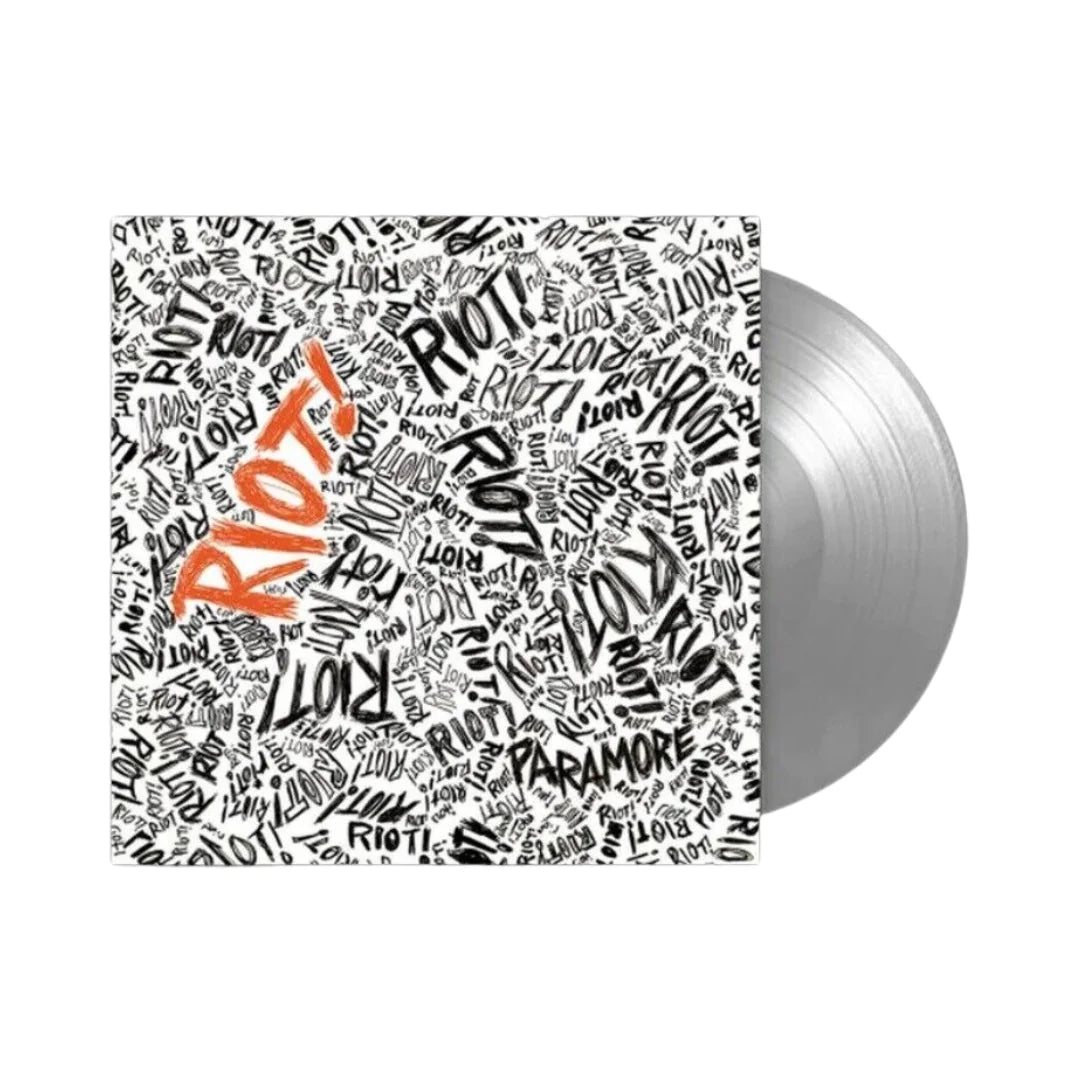
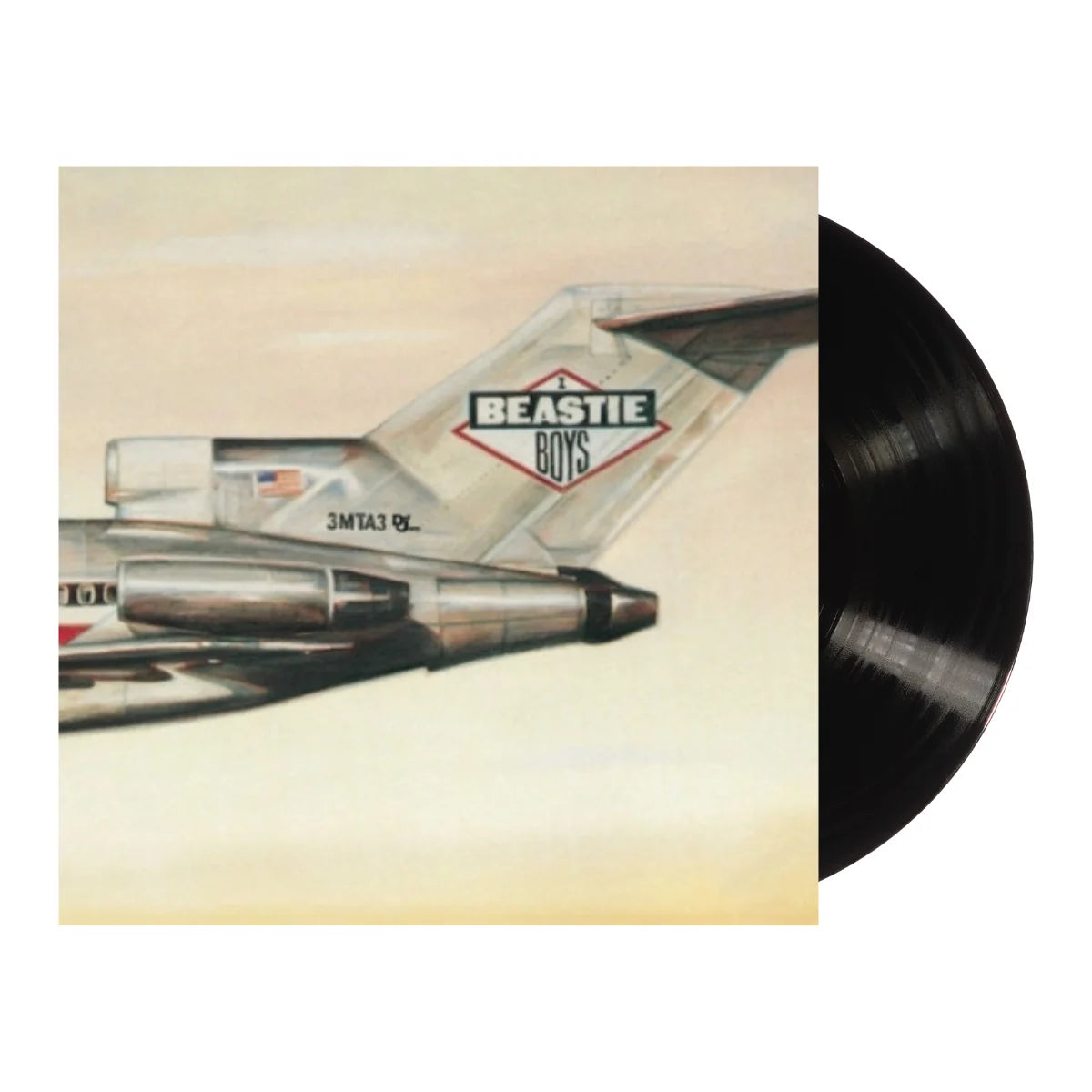


![$Uicideboy$ - Thy Kingdom Come [Clear]](http://vinyl.com/cdn/shop/files/4435583-3407920.jpg?v=1754460746&width=5760)
![(hed) p.e. - New And Improved [Pink]](http://vinyl.com/cdn/shop/files/4425252-3389420.jpg?v=1746578880&width=5760)
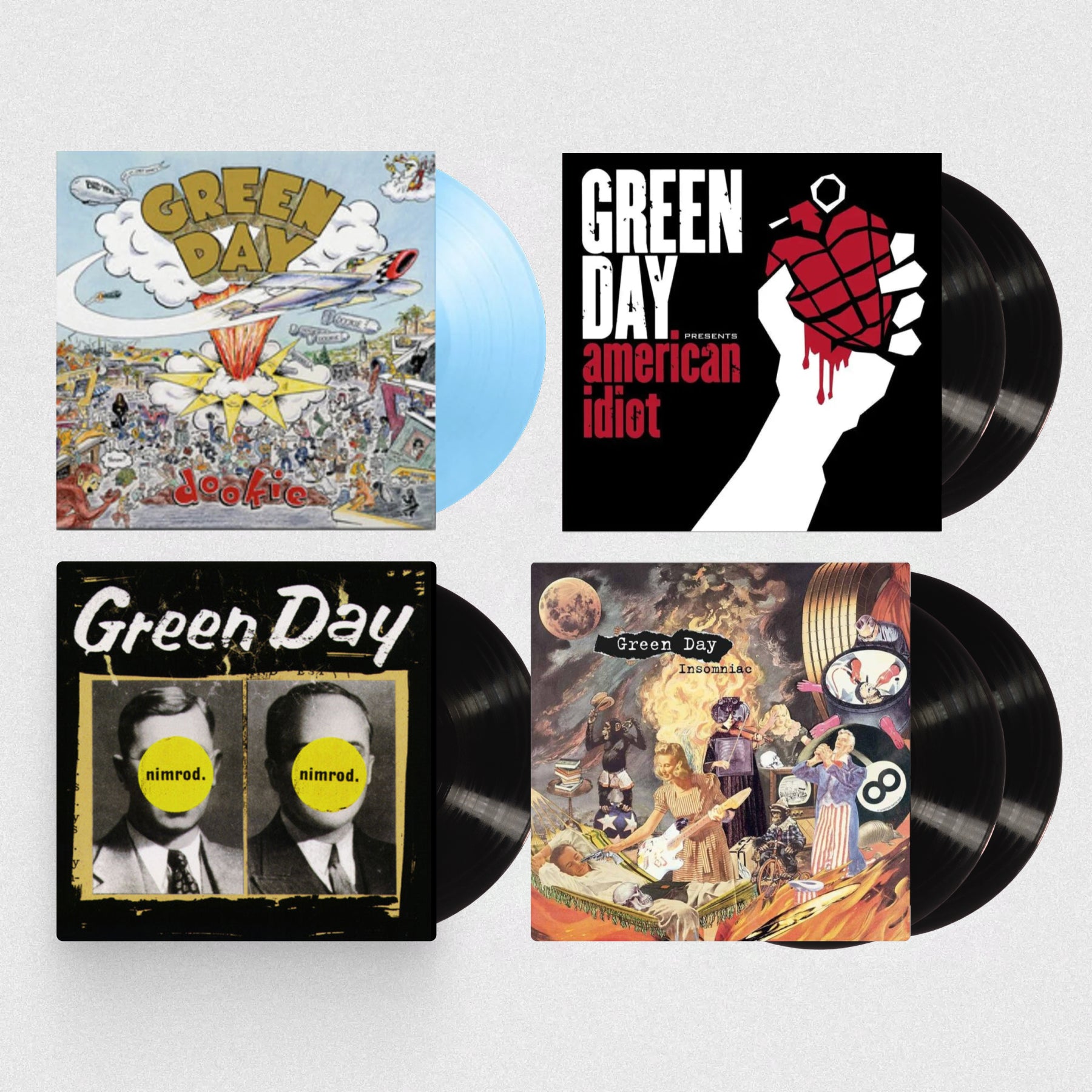
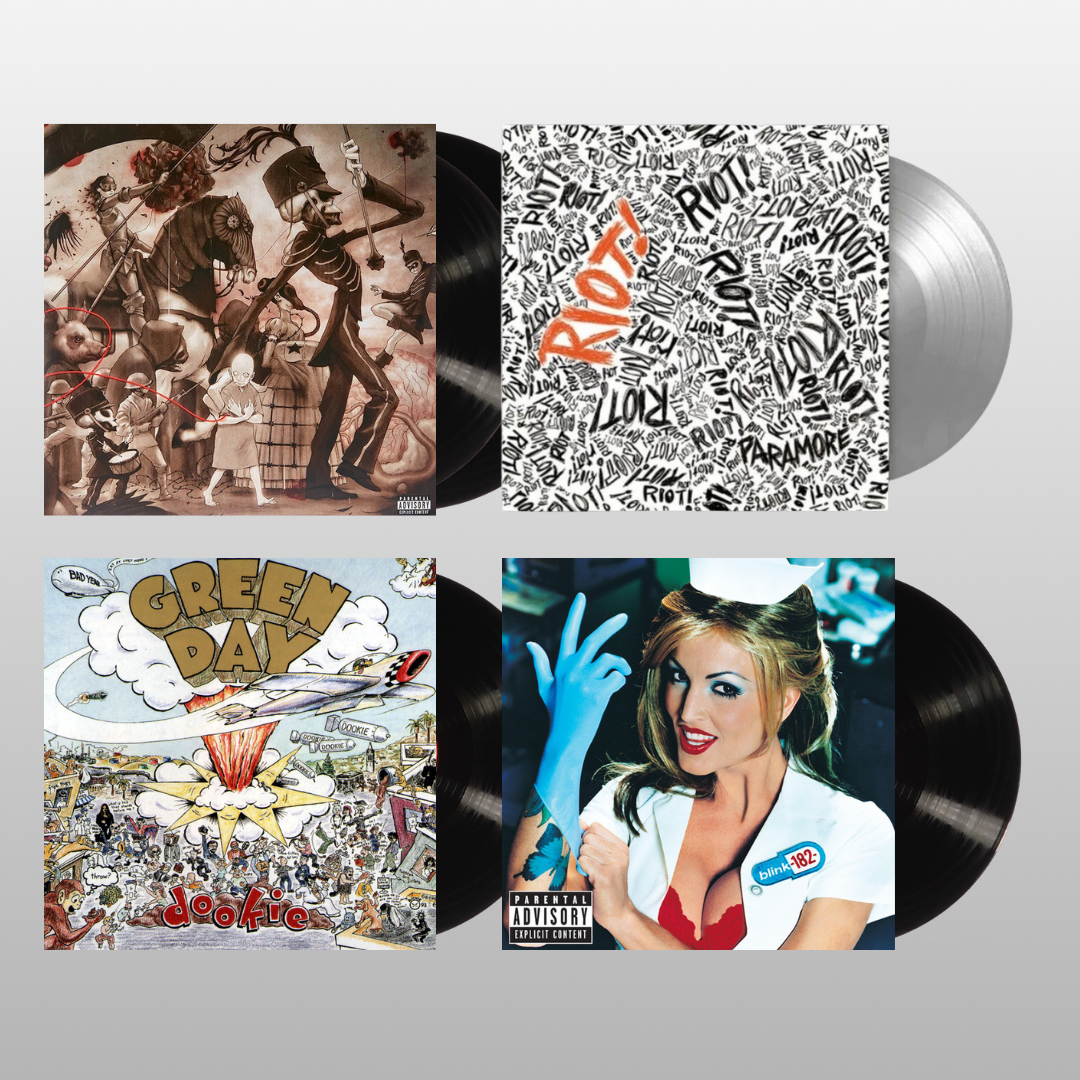

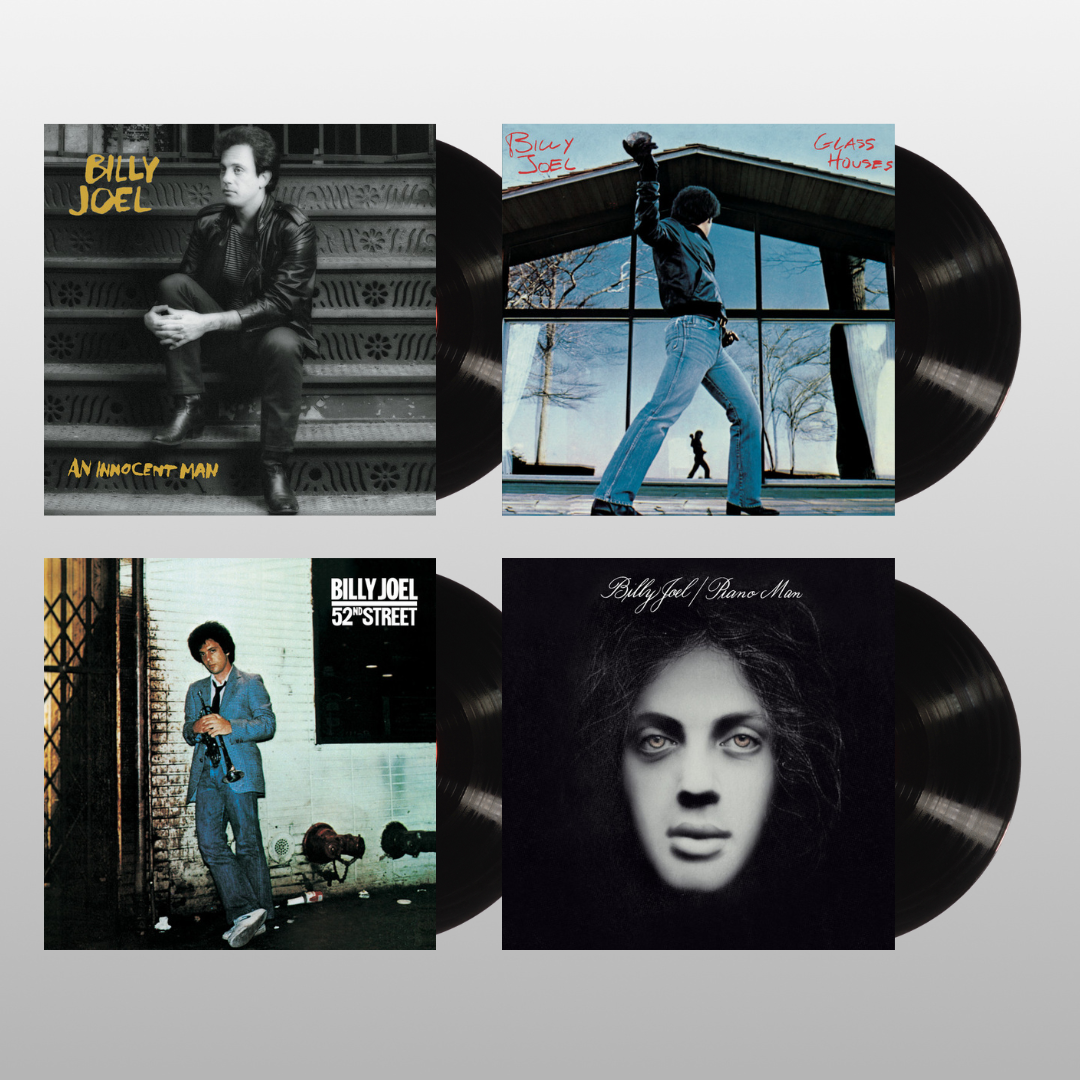
![The Grateful Dead - The Music Never Stopped [6LP Box Set]](http://vinyl.com/cdn/shop/files/The_Grateful_Dead-The_Music_Never_Stopped__6LP_Box_Set.jpg?v=1747729623&width=5760)
![Fleetwood Mac - Fleetwood Mac 1975 To 1987 [Clear 6LP Box Set]](http://vinyl.com/cdn/shop/files/2RHILP81833__61378.jpg?v=1743391443&width=5760)
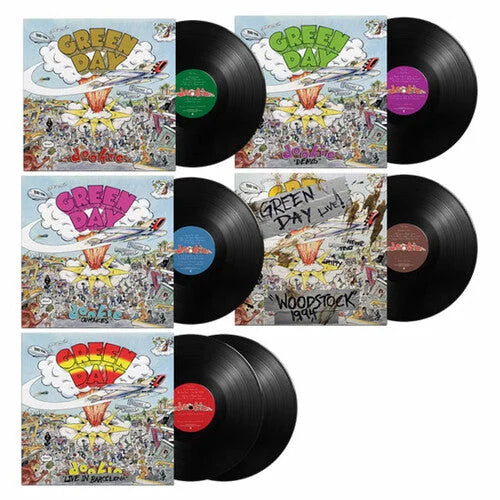
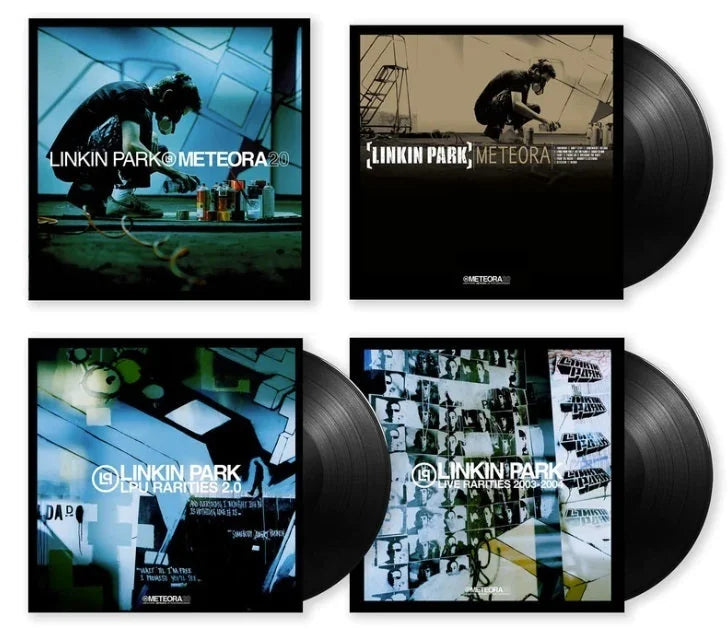


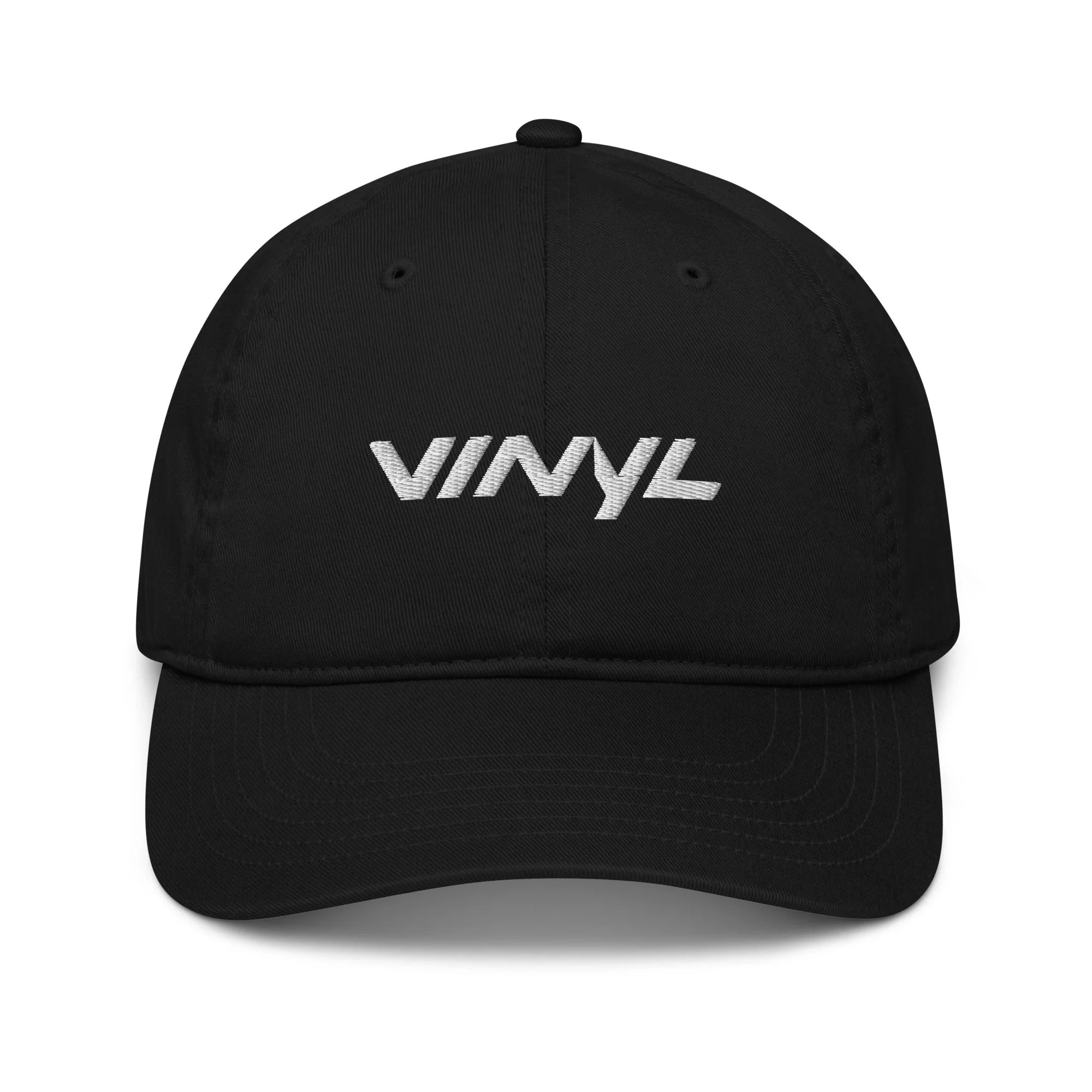

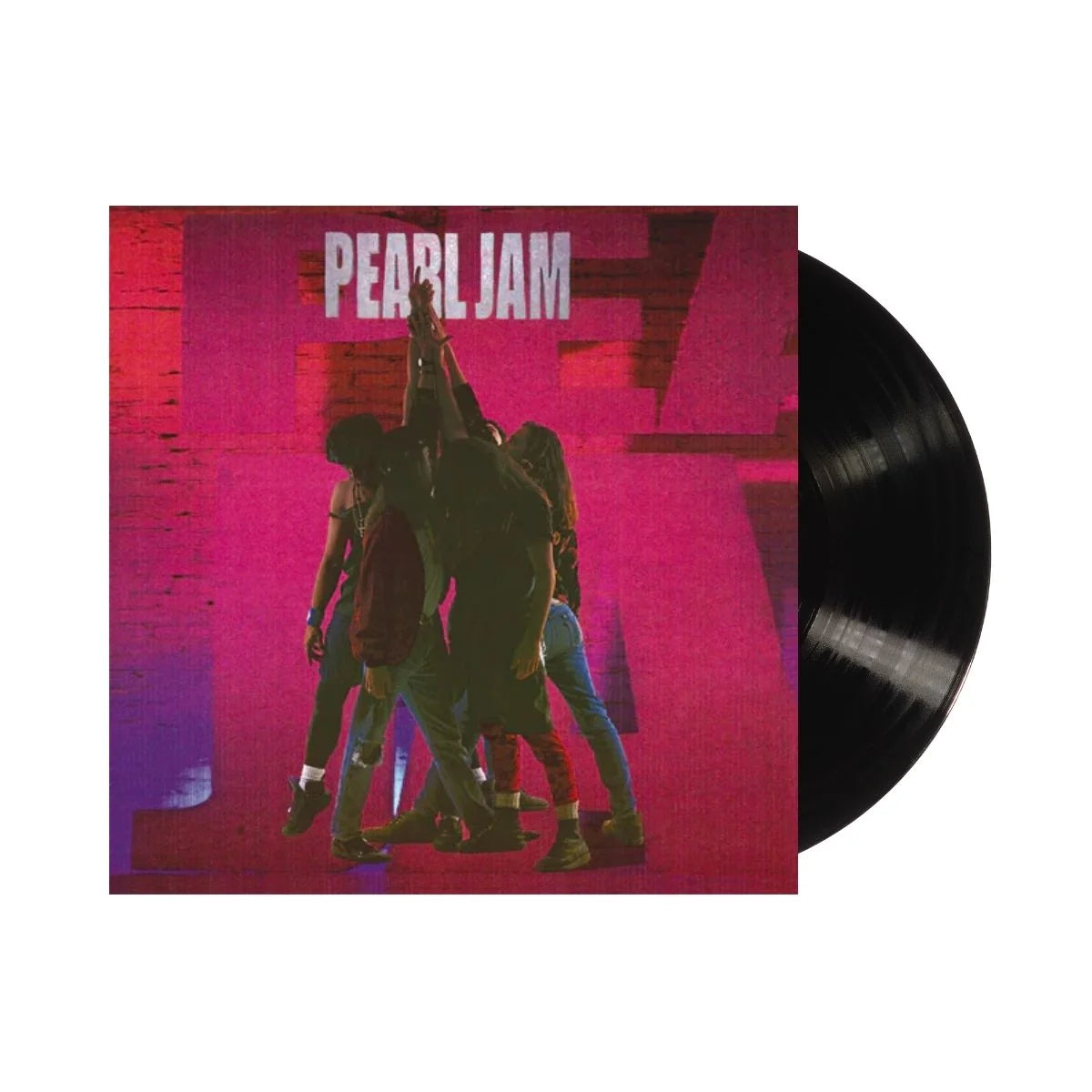
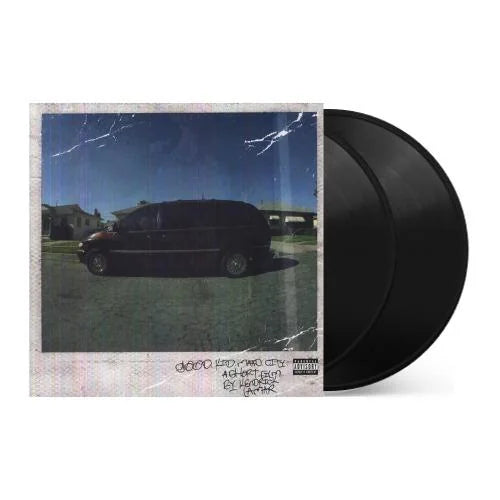
![Taylor Swift - 1989 (Taylor's Version) [2LP Crystal Skies Blue]](http://vinyl.com/cdn/shop/files/taylor_swift_1989_taylors_version.jpg?v=1734389117&width=5760)
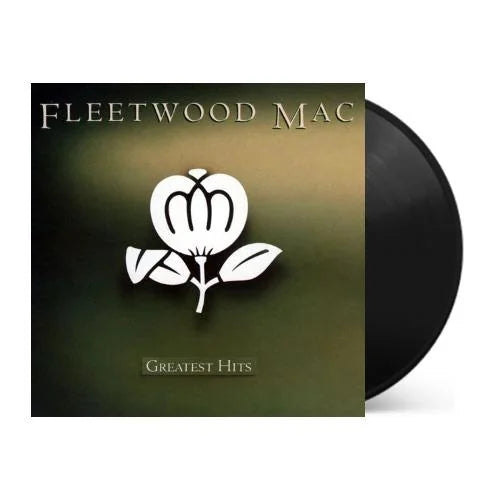
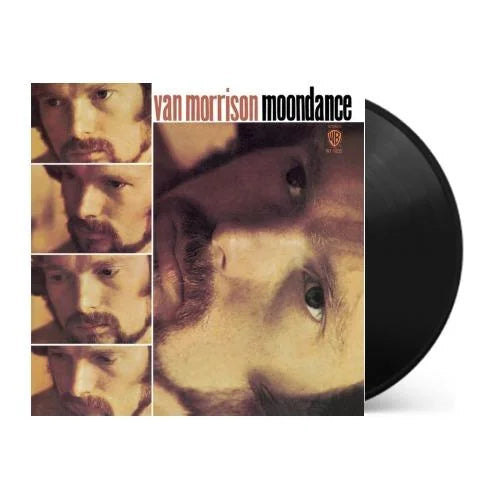
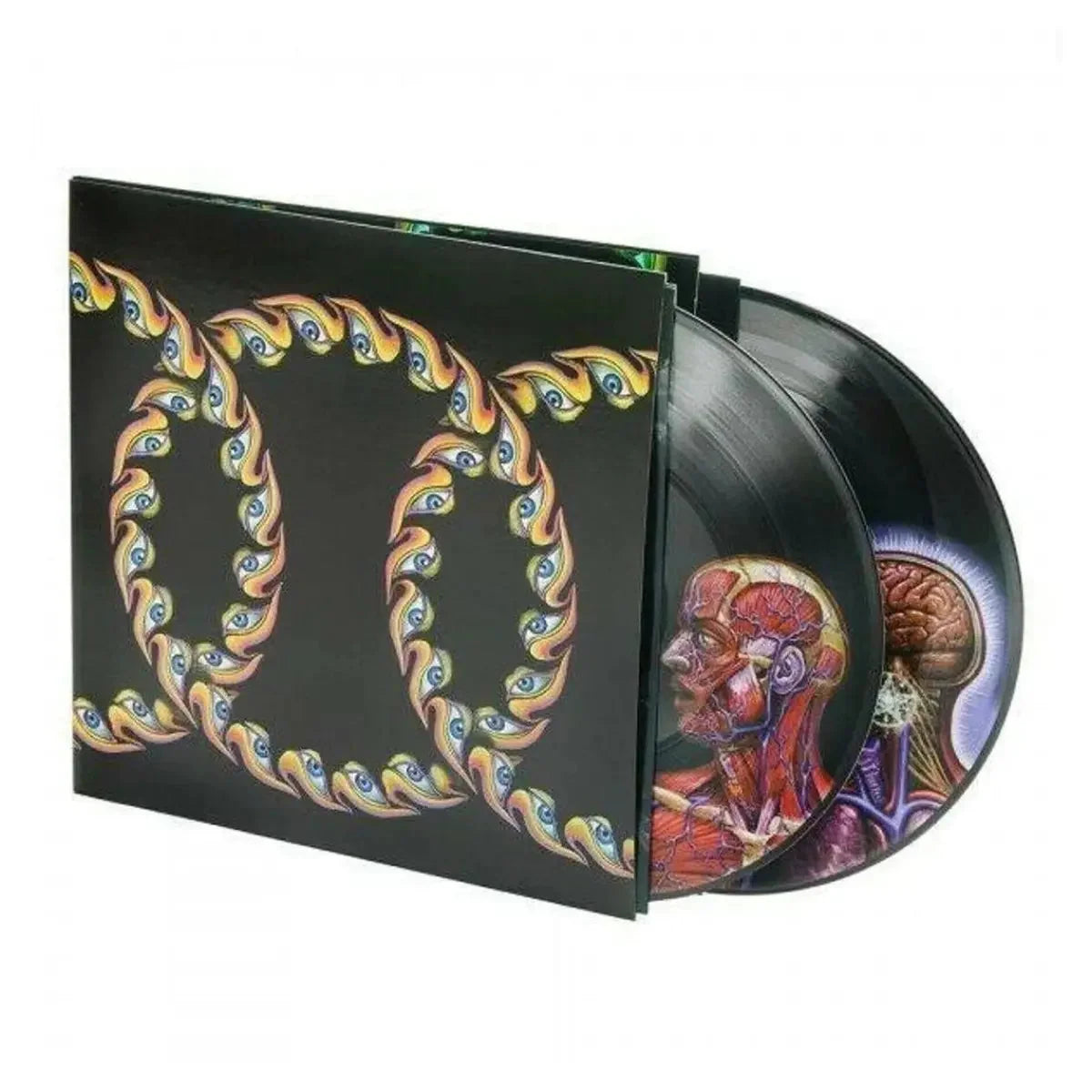
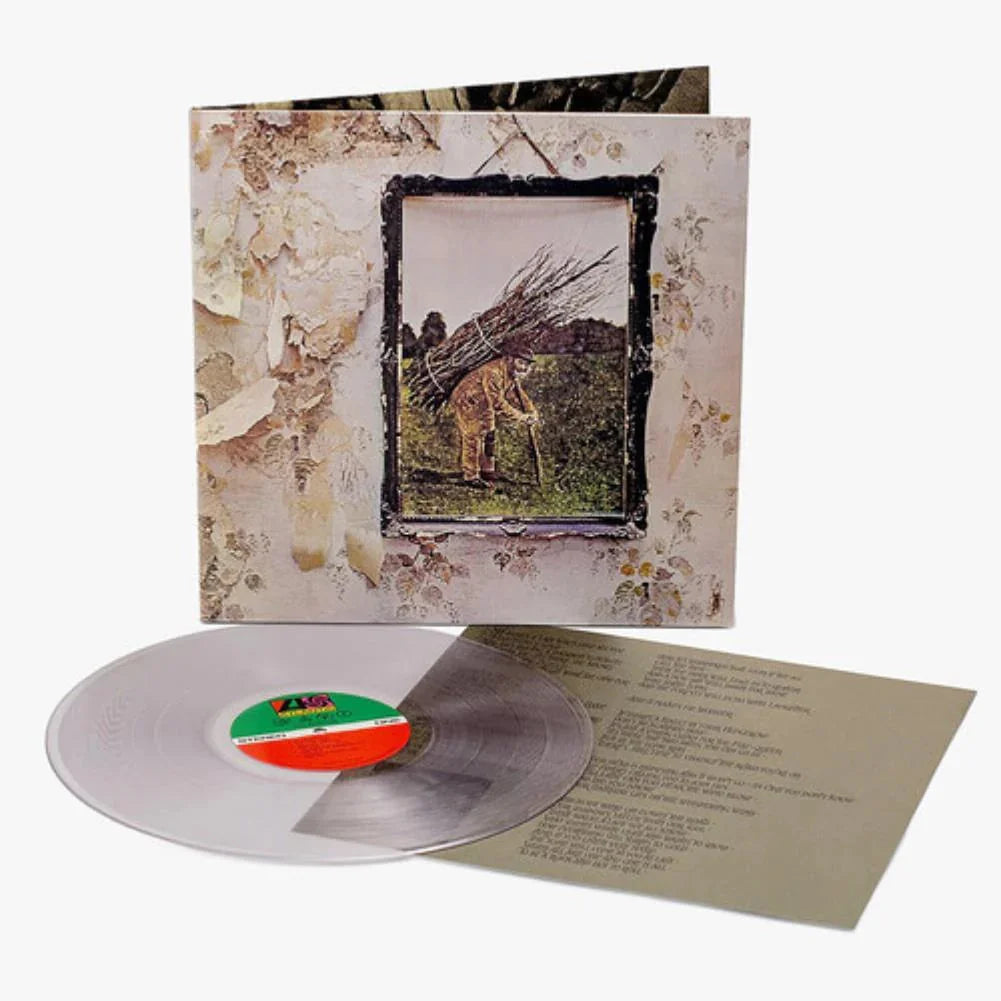
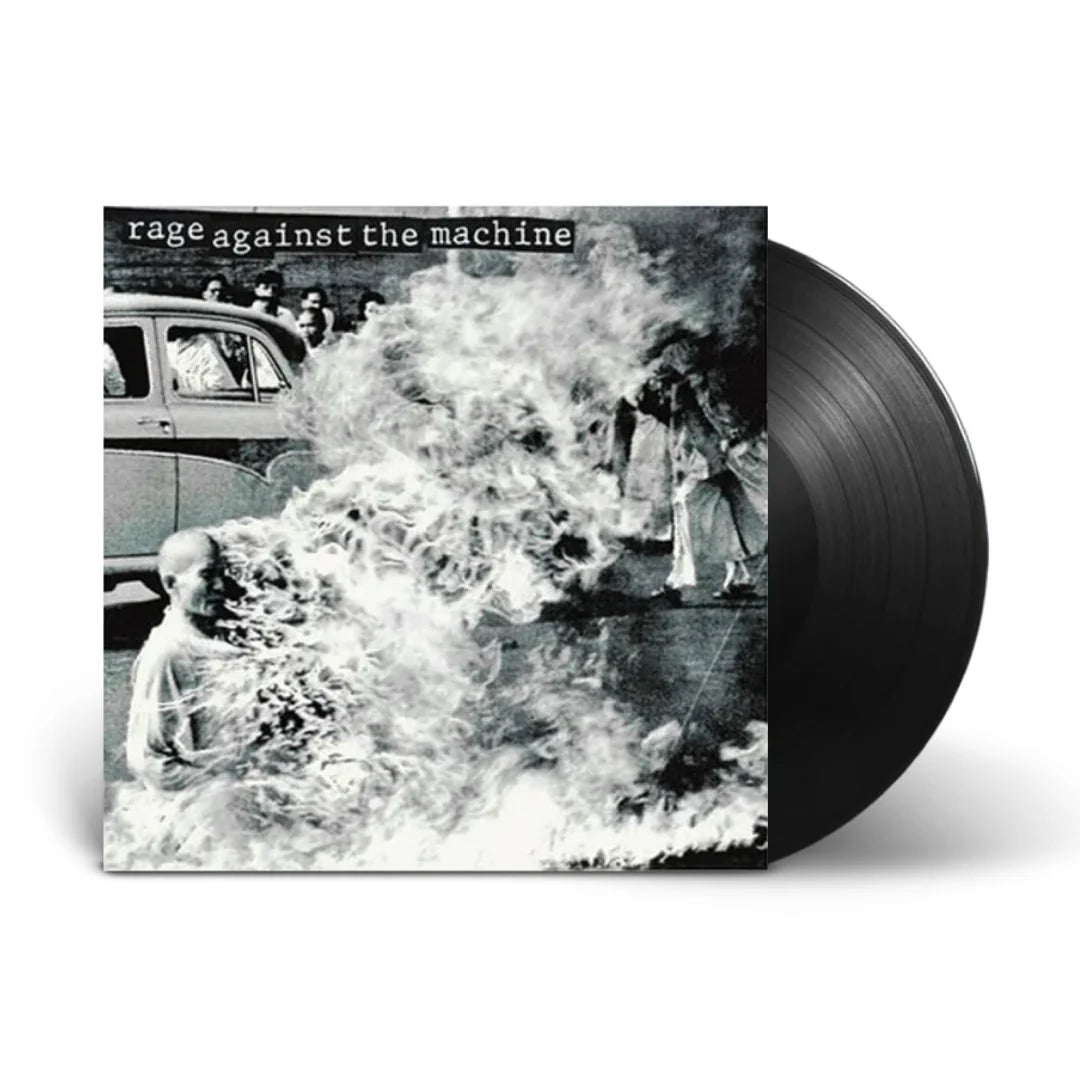
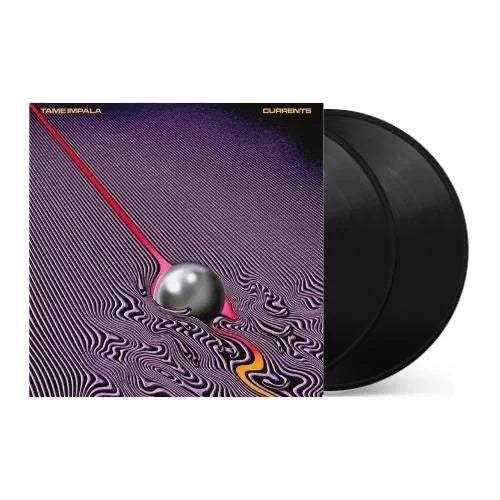
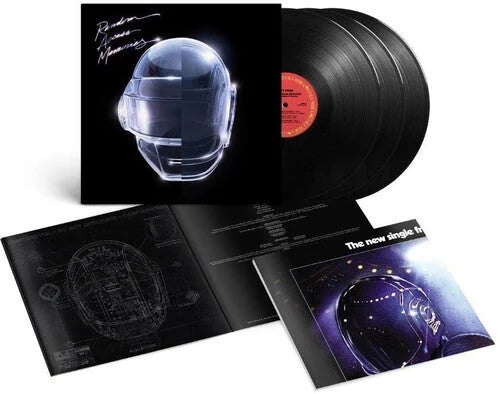
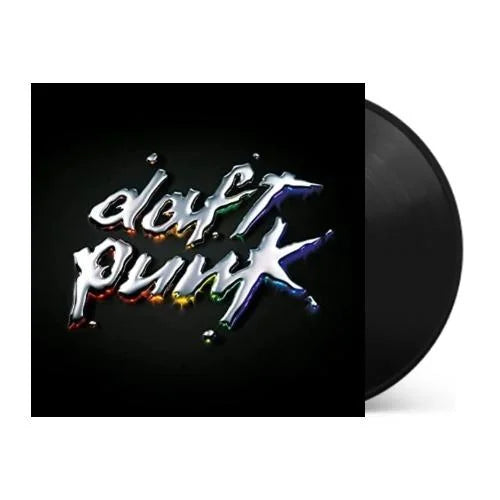

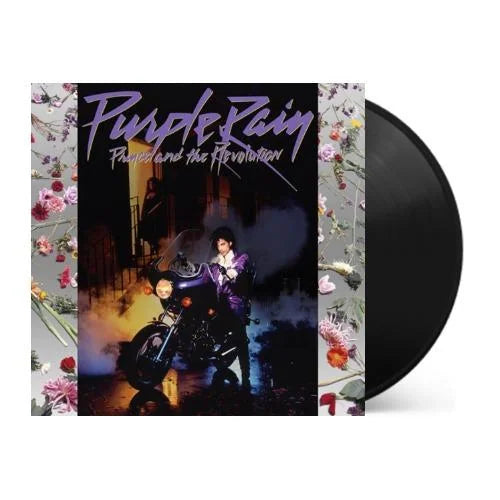

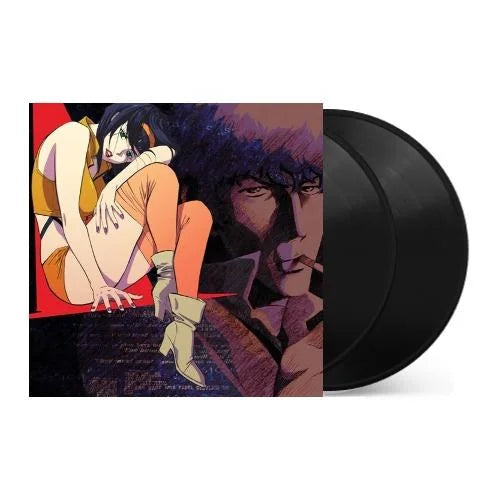
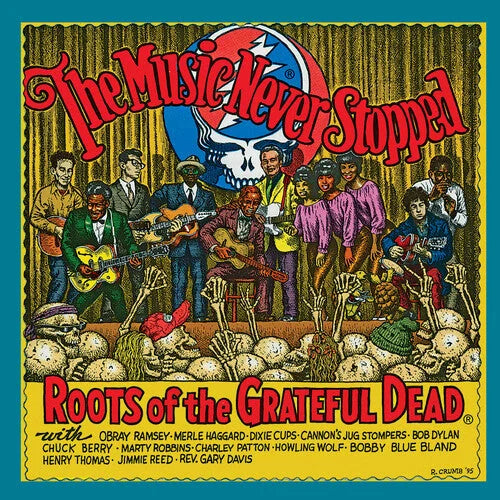
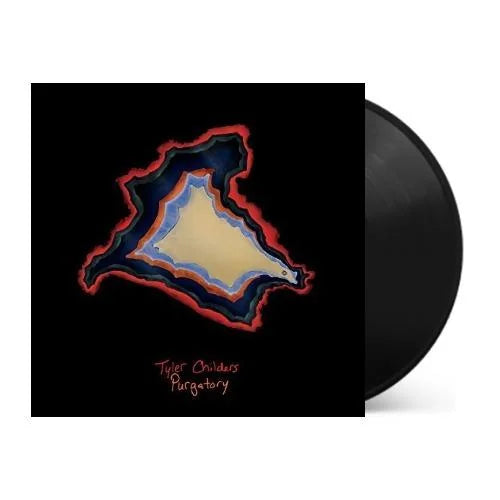
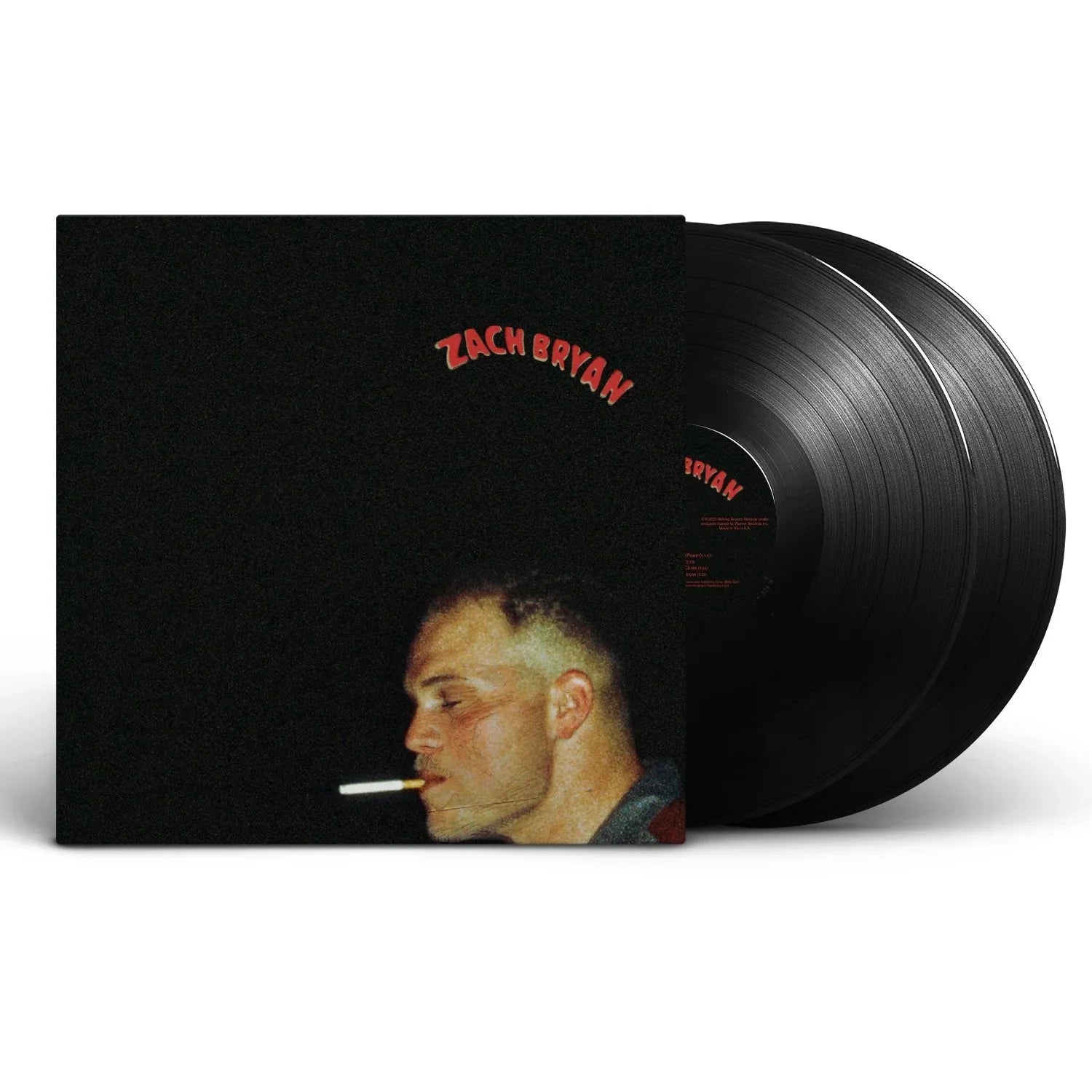
![Grace Jones - Nightclubbing [Gold]](http://vinyl.com/cdn/shop/files/4407705-3329230.jpg?v=1742429522&width=5760)

![Debbie Harry - KooKoo [2LP Clear]](http://vinyl.com/cdn/shop/files/4025259-2960387.jpg?v=1682465873&width=5760)
![Miles Davis - Kind of Blue [180-gram]](http://vinyl.com/cdn/shop/files/Y4LPMD03.webp?v=1742198237&width=5760)
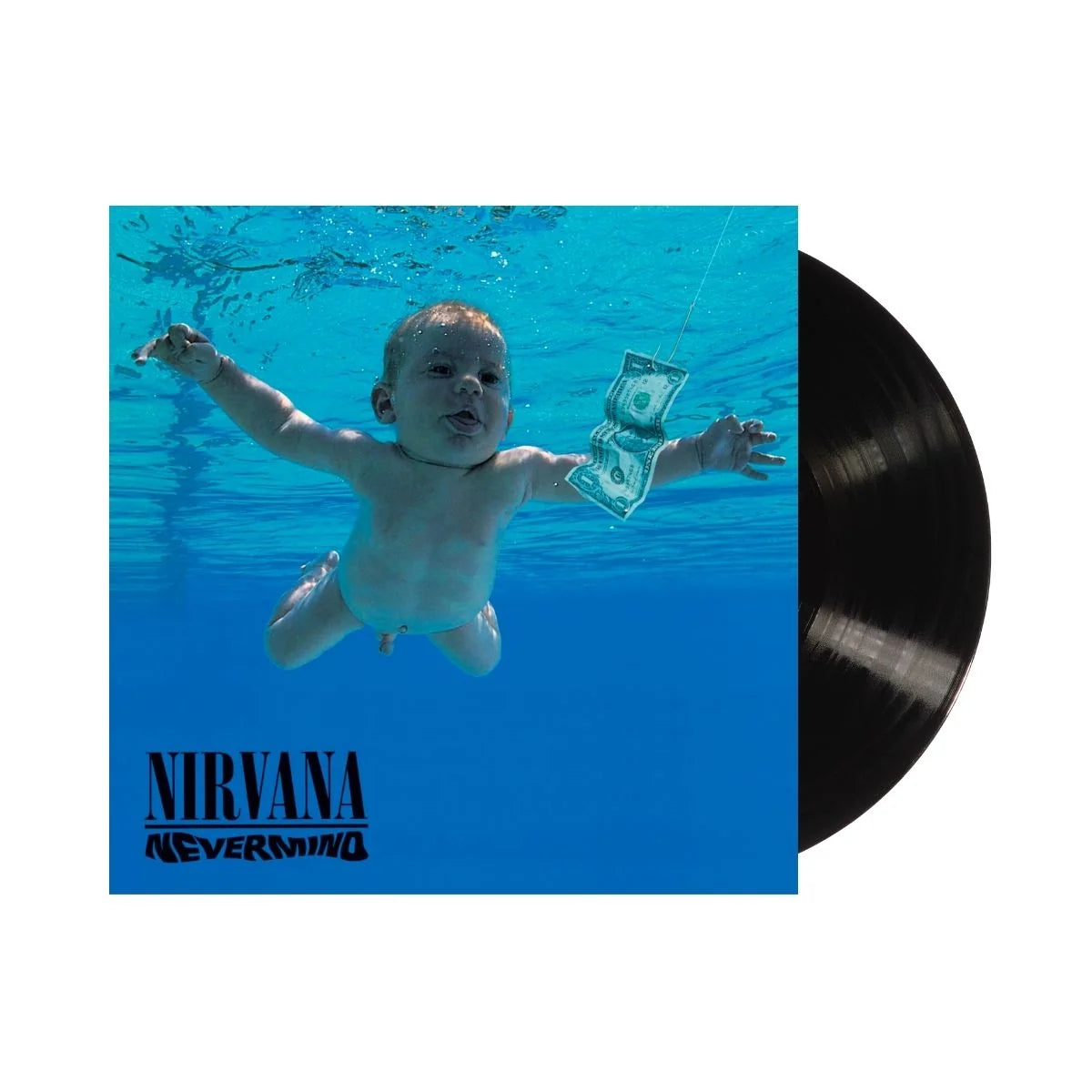
![Various Artists - Once Upon A Time: The Tarantino Sound [Red 180-Gram]](http://vinyl.com/cdn/shop/files/4376720-3283530.jpg?v=1733870948&width=5760)

